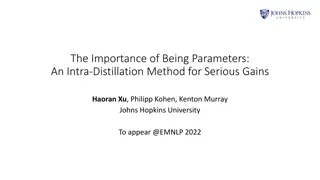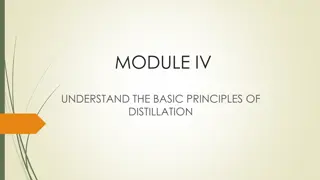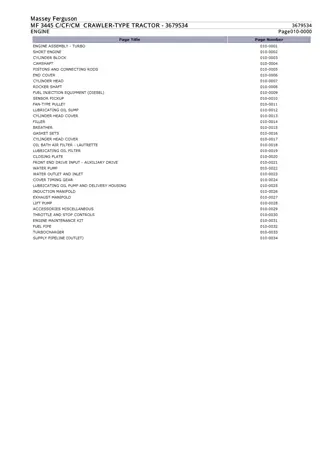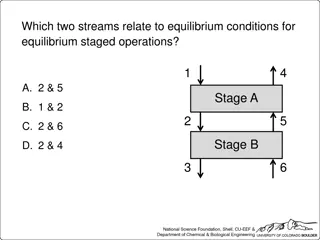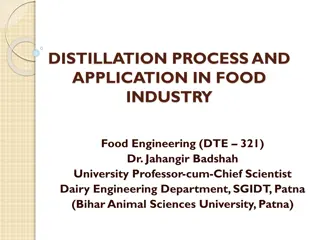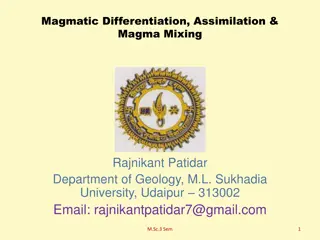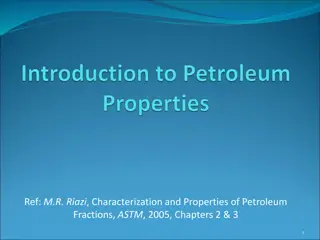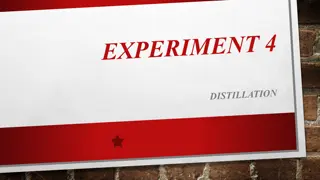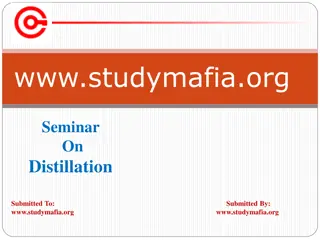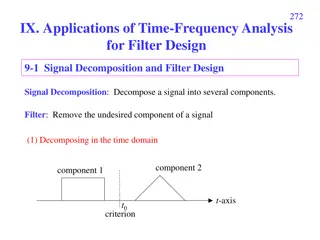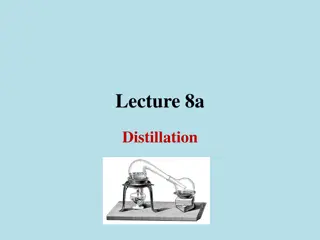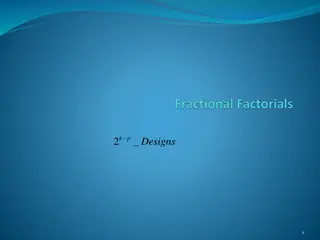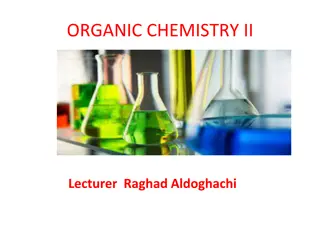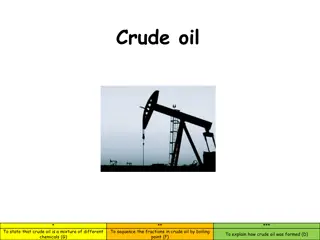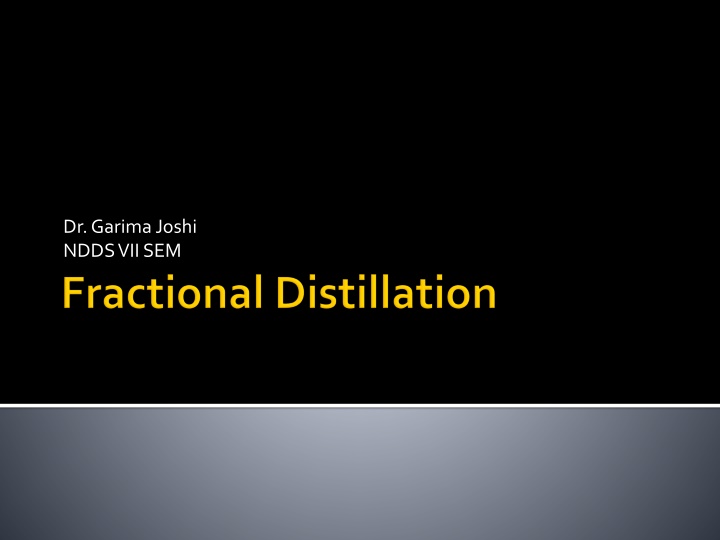
Fractional Distillation: Separation of Volatile Liquids
Learn about fractional distillation, a method used to separate volatile liquids with similar boiling points. Discover how the process works, its applications, and the role of fractionating columns in achieving pure components.
Download Presentation

Please find below an Image/Link to download the presentation.
The content on the website is provided AS IS for your information and personal use only. It may not be sold, licensed, or shared on other websites without obtaining consent from the author. If you encounter any issues during the download, it is possible that the publisher has removed the file from their server.
You are allowed to download the files provided on this website for personal or commercial use, subject to the condition that they are used lawfully. All files are the property of their respective owners.
The content on the website is provided AS IS for your information and personal use only. It may not be sold, licensed, or shared on other websites without obtaining consent from the author.
E N D
Presentation Transcript
Dr. GarimaJoshi NDDS VII SEM
This method is also known as rectification, because a part of the vapour is condensed and returned as a liquid. This method is used to separate miscible volatile liquids, whose boiling points are close, by means of a fractionating column. Fractional distillation is a process in which vaporisation of liquid mixture gives rise to a mixture of constituents from which the desired one is separated in pure form.
In simple distillation, vapouris directly passed through the condenser. Condensate is collected directly into the receiver, In fractional distillation the vapourmust pass through a fractionating column in which partial condensation of vapouris allowed to occur. Condensation takes place in the fractionating column, so that a part of the condensing vapourreturns to the still.
When a liquid mixture is distilled, the partial condensation of the vapour is allowed to occur in a fractionating column. In the column, ascending vapour from the still is allowed to come in contact with the condensing vapour returning to the still. This results is enrichment of the vapour with the more volatile component. By condensing the vapour and reheating the liquid repeatedly, equilibrium between liquid and vapouris set up at each stage, which ultimately results in the separation of a more volatile component.
Applications: Fractional distillation is used for the separation of volatile miscible liquids with near boiling point such as Acetone and water Chloroform and benzene
In fractional distillation, special type of still- heads are required so that condensation and re-vaporisation are affected continuously. These are known as fractionating columns. A fractionating column is essentially a long vertical tube in which the vapourpasses upward and partially condensed. The condensate flows down the column and is returned eventually to the flask. The columns are constructed so as to offer the following advantages simultaneously.
Packed columns Plate columns
Packed columns Some form of packing is used in the column to affect the necessary liquid/vapour contact. The packing may consist of single turn helices (spirals) of wire or glass, glass rings, cylindrical glass beads, stainless steel rings etc. Construction: Packed column consists of a tower containing a packing that becomes wetted with a film of liquid, which is brought into contact with the vapourin the intervening spaces. (a) A long fractionating column is necessary when the boiling points of the constituents are lying fairly close together. (b) A short fractionating column is necessary when the boiling point of the constituents differ considerably. Applications: Packing must be uniform so as to obtain proper channels. If packing is irregular, mass transfer becomes less effective.
Plate columns Many forms of plates are used in the distillation using different columns. It can be divided into two types, which are commonly used in pharmacy. (a) Bubble cap plates (b) Turbo grid plates Bubble cap column is used in large distillation plants Construction: The column consists of a number of plates mounted one above the other. Caps are present on each plate, which allow the vapour to escape by bubbling through the liquid. Working: Ascending vapourfrom the still passes through the bubble- caps on plate A and the rising vapourwill be richer in the more volatile component. This vapourpasses through the liquid on plate B and partially condensed. The heat of condensation partially vaporizes the liquid. The process of condensation and vaporisationwill be repeated at plate C and so on all the way up the column. Each bubble-cap plate has the same effect as a separate still.


